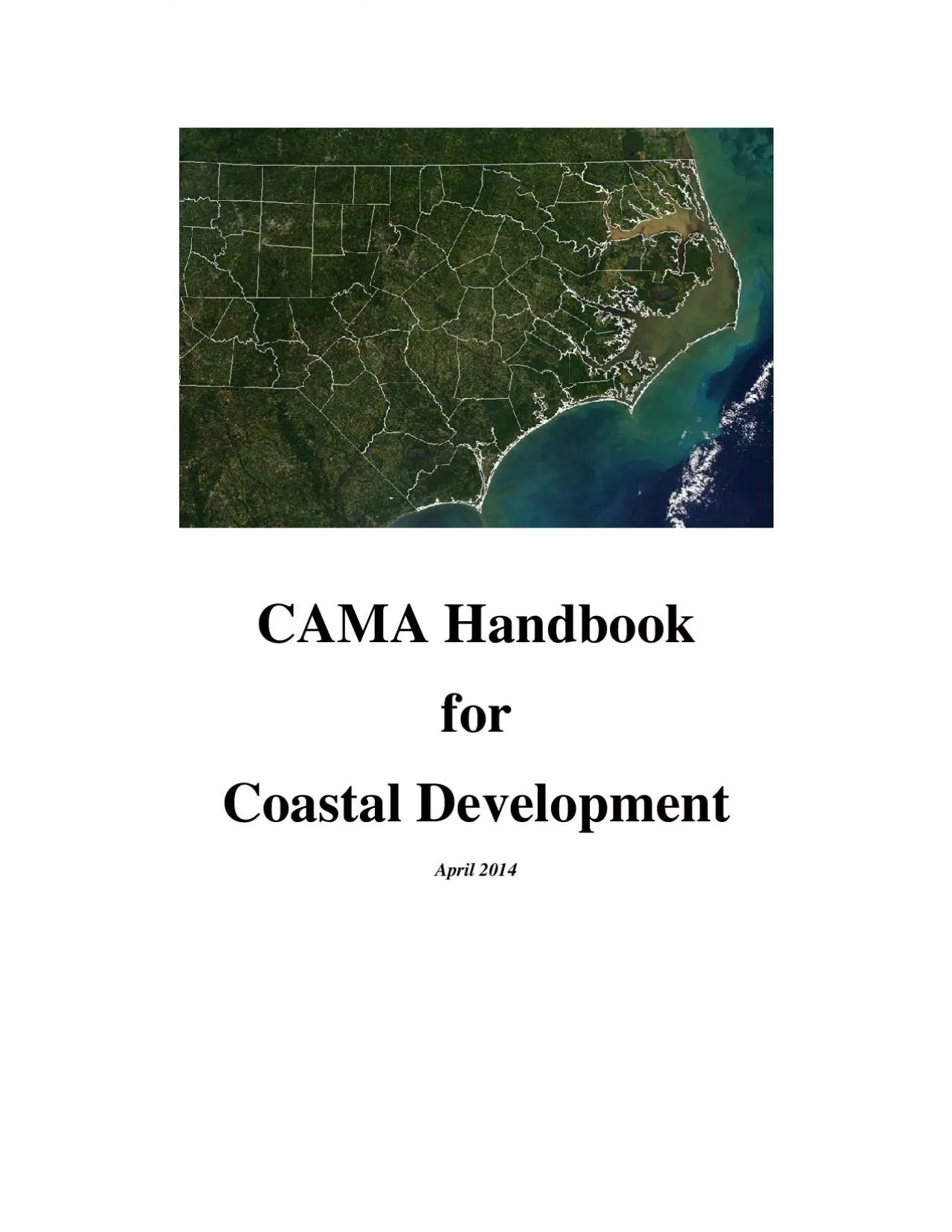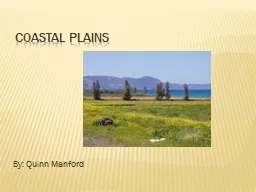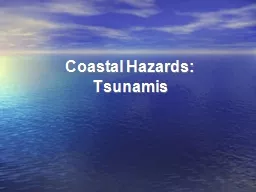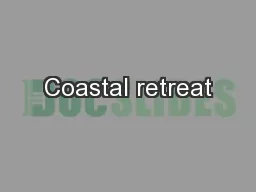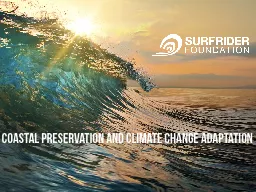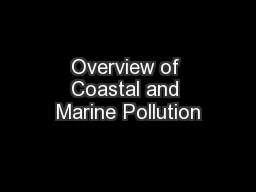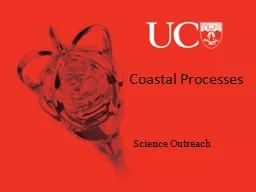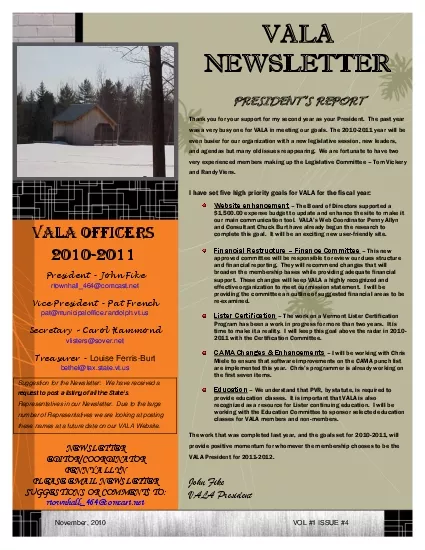PDF-CAMA Handbook for Coastal Development April 2014
Author : blanko | Published Date : 2021-06-14
at types of projects require CAMA development permits the development regulations you will have to follow and how following those rules helps protect the natural
Presentation Embed Code
Download Presentation
Download Presentation The PPT/PDF document "CAMA Handbook for Coastal Development ..." is the property of its rightful owner. Permission is granted to download and print the materials on this website for personal, non-commercial use only, and to display it on your personal computer provided you do not modify the materials and that you retain all copyright notices contained in the materials. By downloading content from our website, you accept the terms of this agreement.
CAMA Handbook for Coastal Development April 2014: Transcript
Download Rules Of Document
"CAMA Handbook for Coastal Development April 2014"The content belongs to its owner. You may download and print it for personal use, without modification, and keep all copyright notices. By downloading, you agree to these terms.
Related Documents

